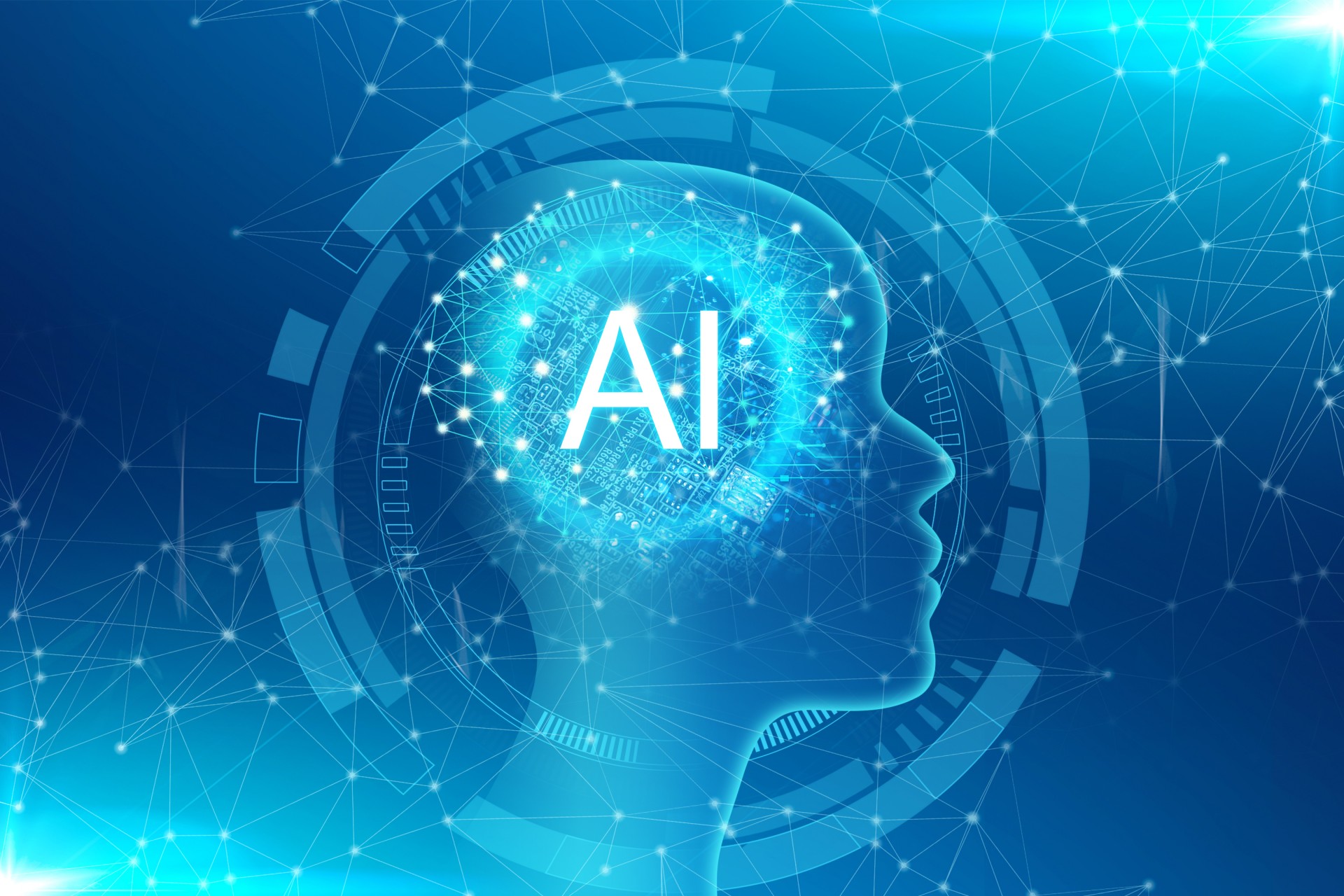
Post-COVID-19 pandemic, the need for automation, remote monitoring and control in business operations has increased significantly.

Jamie Moss, research director of IoT hardware and devices at ABI Research, said: “Lockdown restrictions have had a huge impact on business operations around the world. and consumer lifestyles."
He went on to explain that this is combined with the rise of artificial intelligence (AI) and machine learning (ML) to manage large-scale Deployed IoT devices (Massive IoT).
He believes that the application of these new technologies will greatly improve the performance and information collection of IoT devices.
“For example, AI software for managing supply chain logistics such as route optimization and load optimization will reduce operating expenses (OPEX) and eliminate associated waste, resulting in more sustainable Continuous and more efficient business operations,” Moss explained.
For consumers, smart home devices, including automatic switches, sensors and smart appliances, can use artificial intelligence and machine learning for user pattern recognition to provide personalized smart homes experience.
Soaring energy costs, along with an increasing number of consumers adopting a more sustainable mindset, are driving the implementation of smart home devices to conserve energy and thereby save consumers money.
The era of interconnected cities is coming. Interconnected street lights and monitoring systems will enhance urban security and warn of unsafe conditions through environmental monitoring, thereby ensuring public safety.
More connected vehicles are being built than ever before, with smart roadside infrastructure also planned to benefit commuter vehicles, public transit and delivery vehicles. Public network access will also enhance other experiences such as retail, advertising and augmented reality.
The most significant growth forecast in the data set, according to Moss, is for smart home devices, which will grow at a compound annual growth rate of 29% over the five years to 2026.
Connected cars are expected to grow at a compound annual growth rate of 11% over the same period. Meanwhile, smart city infrastructure is expected to see even more significant growth, with a projected growth rate of 24%.
“This may be due in part to the future need for infrastructure to support V2X communications and other applications, the specifications of which are still being defined,” he added.
The installed base of connected retail, advertising and supply chain devices is expected to grow at a compound annual growth rate of 23%, bringing the total installed base of all connected technologies to more than 21 billion by 2026 . This is largely thanks to the installation of palettes on vehicles, containers and transports, providing better visibility into logistics within the supply chain.
“The growth of the Internet of Everything is inevitable,” Moss concluded. “With every new development in wireless communications technology, we see more and more connected device applications emerging. 5G is developing particularly quickly, but we expect the most significant growth in LPWA-based connected devices over the next five years. . Bluetooth is expected to continue its strong performance, with the majority of installed connected devices expected to use Bluetooth as the primary connection by 2026."
The above is the detailed content of AI and ML drive growth in connected devices. For more information, please follow other related articles on the PHP Chinese website!
 Application of artificial intelligence in life
Application of artificial intelligence in life
 What is the basic concept of artificial intelligence
What is the basic concept of artificial intelligence
 How to get http status code in PHP
How to get http status code in PHP
 Introduction to linux system classification
Introduction to linux system classification
 How to solve the problem that Ethernet cannot connect to the internet
How to solve the problem that Ethernet cannot connect to the internet
 What to do if postscript cannot be parsed
What to do if postscript cannot be parsed
 How to view Tomcat source code
How to view Tomcat source code
 How to buy Bitcoin
How to buy Bitcoin
 What does vram mean?
What does vram mean?




